Originally published in AutoWeek March 7, 1983
I may get some argument on this, but I believe automobiles can be – and are – evaluated in three primary categories: styling, performance and handling. Everything, from exotic GT to humble grocery getter, can be judged by how it looks, how it goes and how it gets around.
To cut the mustard overall, an automobile must usually succeed in two of these areas. We will forgive it one. But if it does only one category well, it had better be great. Even still, that may not be enough.
Take for example a Daimler SP250. This British sports car, introduced in 1959 by a company more noted for sedans and limousines for dignitaries and royalty than sports cars, is powered by a rarity for her Majesty’s carmakers, a V-8. It’s a pushrod engine with a 90-degree iron block, but there the conventionality ends. The aluminum heads, interchangeable side to side, have hemispherical combustion chambers with intake and exhaust valves on opposite sides for optimal crossflow breathing through round ports. The cam is set higher than usual to allow shorter pushrods for a 6000 RPM redline. Mildly domed pistons produce an 8.2:1 compression ratio.
Perhaps the most unusual feature of the engine is the induction system. Two 1¾-inch semi-downdraft HD6 S.U. carburetors are mounted on opposite sides of a doghouse-shaped center section of a one-piece intake manifold. Each carburetor feeds four cylinders, the two center cylinders on the side opposite of the carb and two end cylinders on the same side. The “doghouse” is actually a water jacket for preheating the intake charge. For anyone accustomed to seeing a four-barrel mounted on a V-8 American style or multiple Webers on Italian vee-block, the twin S.U.s placed crosswise are a novel sight.
But the little 2458cc engine works, producing 140 bhp at 5800 rpm with maximum torque of 156 pounds feet coming at a relatively high 3600 rpm. Many features of the engine were influenced by motorcycle engineering practices of the time, from cam-and-tappet design to cycle-sized (just over 300cc) cylinders. It shouldn’t surprise. The engine’s godfather was Edward Turner, designer of the incredibly complex Ariel Square Four and very successful Triumph vertical twin motorcycle engines. Turner had come to Daimler when BSA, which owned Daimler, bought the Triumph motorcycle company.
The only problem was that Daimler was reaching the dangerous end of a short financial rope. Daimler sedans and limos, dignified but stodgy, were money losers. The V-8, properly placed in a sports car, was to change all that.
Limited time proved to be the downfall of the project. Instead of developing a modern design, Daimler chose the quick fix of the tried and true. The TR/TR3 chassis, which itself had roots in the ‘30s, was selected for inspiration, Daimler laying out a simple ladder frame comprised of parallel 3×2½-inch box sections with X-shaped cross bracing between the rails. Front suspension was double wishbones with coil springs and Armstrong tube shocks. At the rear Armstrong lever action shocks damped an underslung live axle, the frame members passing underneath the axle.
Daimler also borrowed from Triumph for the transmission. It’s a notchy four-speed with a non-synchro low, and although built by Daimler there is considerable parts interchangeability with the Triumph tranny.
Steering gear was inherited from Daimler’s sedans – a dreadful cam-and-lever system that manages to combine a dead center with a very heavy feel. Contrasting that, however, are four-wheel disc brakes by Girling, clearly the high point of the entire chassis.
Daimler chose fiberglass for the body, or perhaps it is fair to say fiberglass was chosen for the SP250 by economics. Anticipated production quantities would not support the cost of producing metal bodies. Daimler went all the way. Even the flooring was made of fiberglass and the body panels were not reinforced. Relying on the material’s own strength was partially responsible for the SP250’s peculiar appearance. Although Daimler had no one to blame but in-house personnel for the fish-like front end, details such as the odd arches over the wheel openings were there for strength. The bizarre styling also was intended to appeal to American tastes, and maybe the Chromium Cadillac crowd thought it was not bad looking for a furrin car, but enthusiasts – Daimler’s market – were put off by the amalgamation of unrelated elements. Even the usually supportive British press was exploring bold new horizons of tact.
AutoWeek recently had the opportunity to drive a pair of Daimler SP250s at AutoMarque in Arlington, Virginia. The experience confirmed that the car had one very good feature: the engine. The chassis and the styling, though, were as bad as the motor was good.
First of all, the good stuff: The engine is superb. A smoother and more tractable unit would be hard to imagine. It idles with an eight-cylinder rumble and pulls with perfect docility in the lower RPM ranges. Once over 3000 RPM – hang on. There’s only 2,200 pounds of Daimler to pull around, and for this engine that is next to nothing. Imagine going for a ride in one of those pneumatic tubes at the drive-up windows at the bank. Szzzwop! Only make it sound like a V-8.
It’s actually better than it feels. First gear is good to 45 mph, second to just over 70, third to 106, fourth to 120. The lack of a need to constantly row the shifter masks the actual acceleration taking place. It’s tall gearing to be sure, but an excellent selection for the combination of abundant torque and low weight.
The driving position is peculiar. The seat is high, and you sit shoulders well out of the car. The steering wheel is low and so is the top of the almost vertical windshield. It’s like sitting on rather than in the car. The clutch is long-travel, and throttle and brake pedals are too close. It’s as if the car were designed for a driver with his left leg considerably longer than his right. Though the level of finish of the interior is quite high, the layout of the controls was strangely amateurish.
Things get stranger still when the road gets twisty. It’s not too bad as long as the road is smooth, although sharp corners will make you wish the heavy cam and lever steering had never been invented. One of the cars had, along with the Triumph steering wheel, rack-and-pinion steering. It was much lighter, but the car understeered. Stock, it was more neutral, with controllable oversteer no further away than your right foot.
For real excitement, find a rough road. The front suspension is stiff, and the rear even more so. Potholes can bounce you completely off the seat (reason #43 for seatbelts). The SP250 has so little rigidity in its frame that you don’t feel it, you see it. Early models were so bad doors would pop open in mid-turn due to frame flex.
In the end, the SP250’s marvelous engine was not enough to save it from a poor chassis and ugly body. Jaguar bought Daimler in 1960, and dropped the SP250 in 1964 due to a lack of sales. Between 1959 and 1964, only 2,645 had been sold. The engine, however, lived on until 1968 in the Daimler 2.5-liter V-8, basically Jaguar Mk2 with an engine transplant.
All of which doesn’t conclusively prove the hypothesis presented at the beginning of this article, although it definitely supports it. One does had to wonder what might have happened if the SP250 wasn’t so ugly; or had so primitive a chassis. For if this is the way British make a V-8, they certainly haven’t made enough of them.











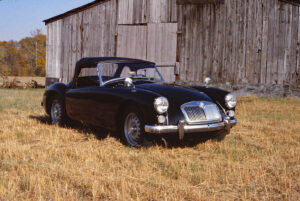
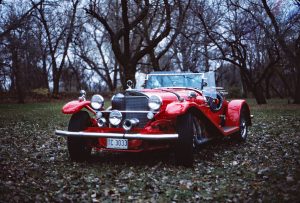
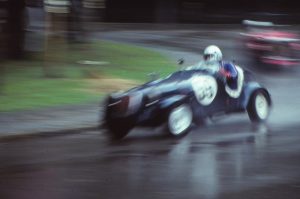
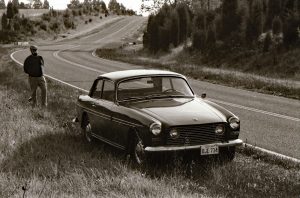
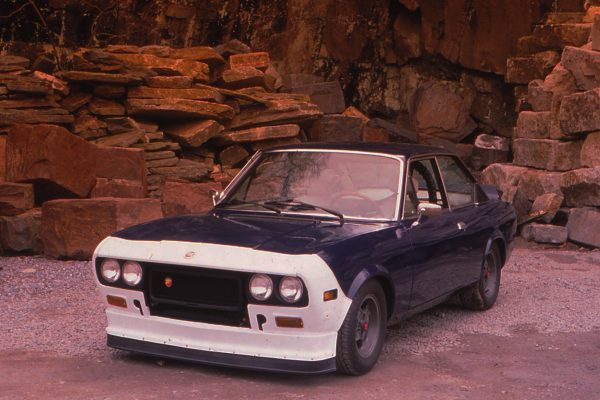
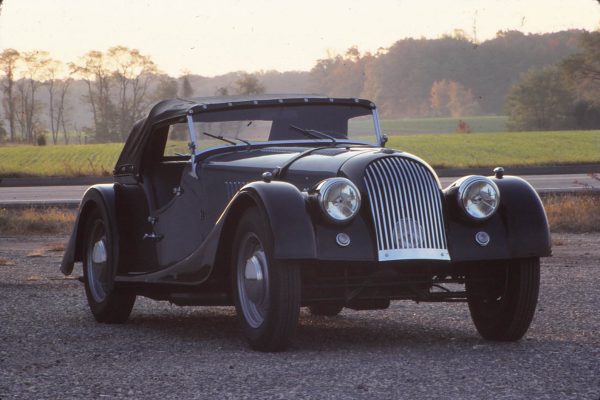
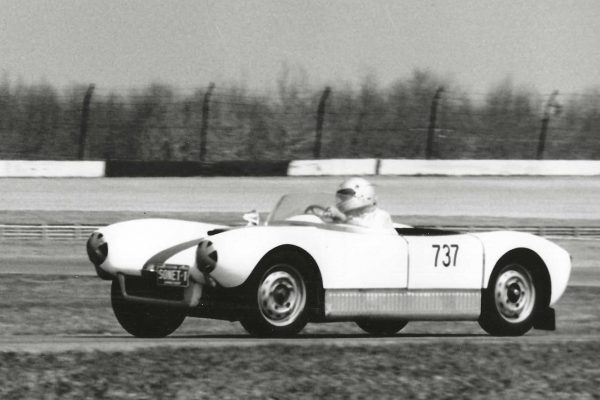
[…] for another, um, uniquely styled British roadster? Check out the Daimler SP250. At least it had a […]